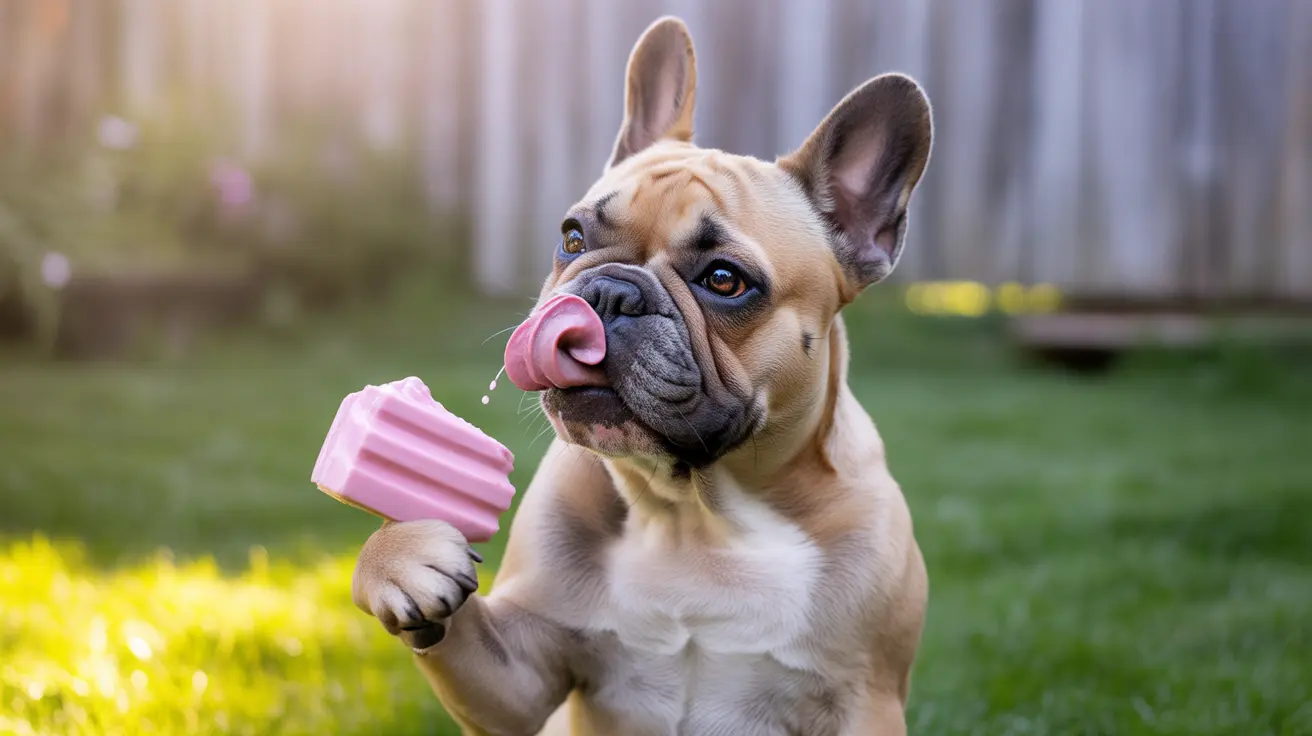Dealing with stray dogs entering your yard can be challenging, especially when you want to protect your property while ensuring no harm comes to the animals. Whether you're concerned about your garden, children's safety, or potential conflicts with your own pets, there are numerous effective and humane solutions available.
In this comprehensive guide, we'll explore proven methods to keep stray dogs away from your property, focusing on solutions that are both kind to animals and effective at protecting your space. From physical barriers to natural deterrents, you'll discover options that suit your specific situation and budget.
Physical Barriers: Your First Line of Defense
Installing appropriate physical barriers is often the most effective long-term solution for keeping stray dogs out of your yard. A well-constructed fence not only prevents unwanted entry but also clearly defines your property boundaries.
Consider these proven fencing options:
- Chain-link fencing with privacy slats
- Wooden picket fences for front yards
- Mesh or hardware cloth for garden areas
- Decorative aluminum fencing
- Rolling fence toppers for determined climbers
Strategic Garden Protection
For those specifically concerned about protecting garden areas, targeted solutions can be more cost-effective than full property fencing:
- Install chicken wire around garden beds
- Use raised bed gardens with built-in fencing
- Create decorative garden borders with stone or brick
- Install temporary seasonal fencing during growing periods
Commercial Deterrent Solutions
Professional-grade deterrents offer reliable protection when properly applied. These products are specifically formulated to be safe for both animals and plants while effectively keeping dogs at bay.
Motion-Activated Systems
Modern technology provides sophisticated yet humane solutions:
- Sensor-activated sprinkler systems
- Ultrasonic deterrent devices
- Motion-activated lights
- Electronic pet barriers
Natural and DIY Repellents
Natural solutions can be both effective and environmentally friendly. These options are particularly appealing for those seeking chemical-free alternatives:
Safe Natural Deterrents
- Citrus peels spread around property edges
- Vinegar-based spray solutions (diluted properly)
- Coffee grounds in garden beds
- Pepper-based deterrent sprays
- Essential oil combinations (citronella, eucalyptus)
Maintenance and Best Practices
Consistency is key when implementing any dog deterrent strategy. Regular maintenance ensures continued effectiveness:
- Inspect and repair fencing monthly
- Reapply repellents after heavy rain
- Monitor for new entry points
- Keep garbage secured
- Maintain clean yard conditions
Frequently Asked Questions
How can I keep stray dogs out of my yard without harming them?
Use a combination of physical barriers like fencing, motion-activated sprinklers, and commercial repellents. These methods effectively deter dogs while causing no harm. Ensure all solutions are properly installed and maintained for best results.
What are the most effective DIY dog repellents for deterring stray dogs?
Citrus peels, diluted vinegar solutions, and coffee grounds are among the most effective DIY repellents. Mix equal parts water and white vinegar in a spray bottle, or scatter fresh citrus peels around your yard's perimeter. Reapply these natural deterrents every few days or after rain.
How often should I reapply homemade dog repellents to maintain effectiveness?
Most homemade repellents should be reapplied every 3-5 days under normal conditions, and immediately after heavy rain or irrigation. For optimal results, establish a regular reapplication schedule and monitor effectiveness.
What are the best motion-activated deterrents for keeping dogs away from my garden?
Motion-activated sprinklers are highly effective, offering immediate feedback that startles but doesn't harm dogs. Look for models with adjustable sensitivity and coverage area. These can be complemented with motion-sensing lights or ultrasonic devices for enhanced protection.
Can I use citrus peels or vinegar to safely deter dogs from my lawn?
Yes, both citrus peels and vinegar are safe, natural deterrents. Scatter fresh citrus peels around your yard's perimeter, or spray a diluted vinegar solution (1:1 ratio with water) around boundaries. While safe for pets, avoid direct application to plants as vinegar can affect soil pH.
Remember, the key to successfully keeping stray dogs out of your yard lies in combining multiple deterrent methods and maintaining them consistently. By implementing these humane solutions, you can protect your property while ensuring the safety and well-being of all animals involved.






